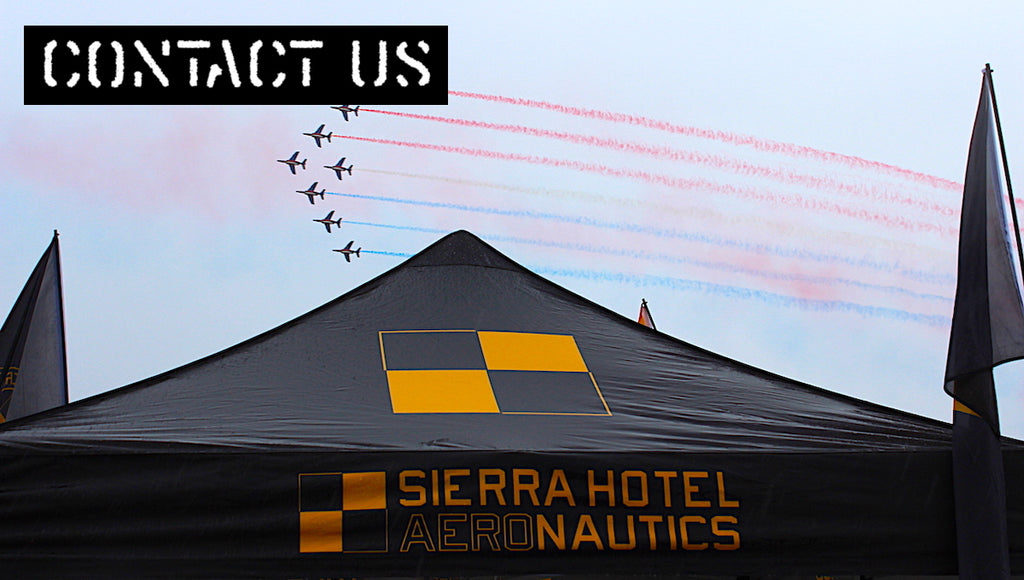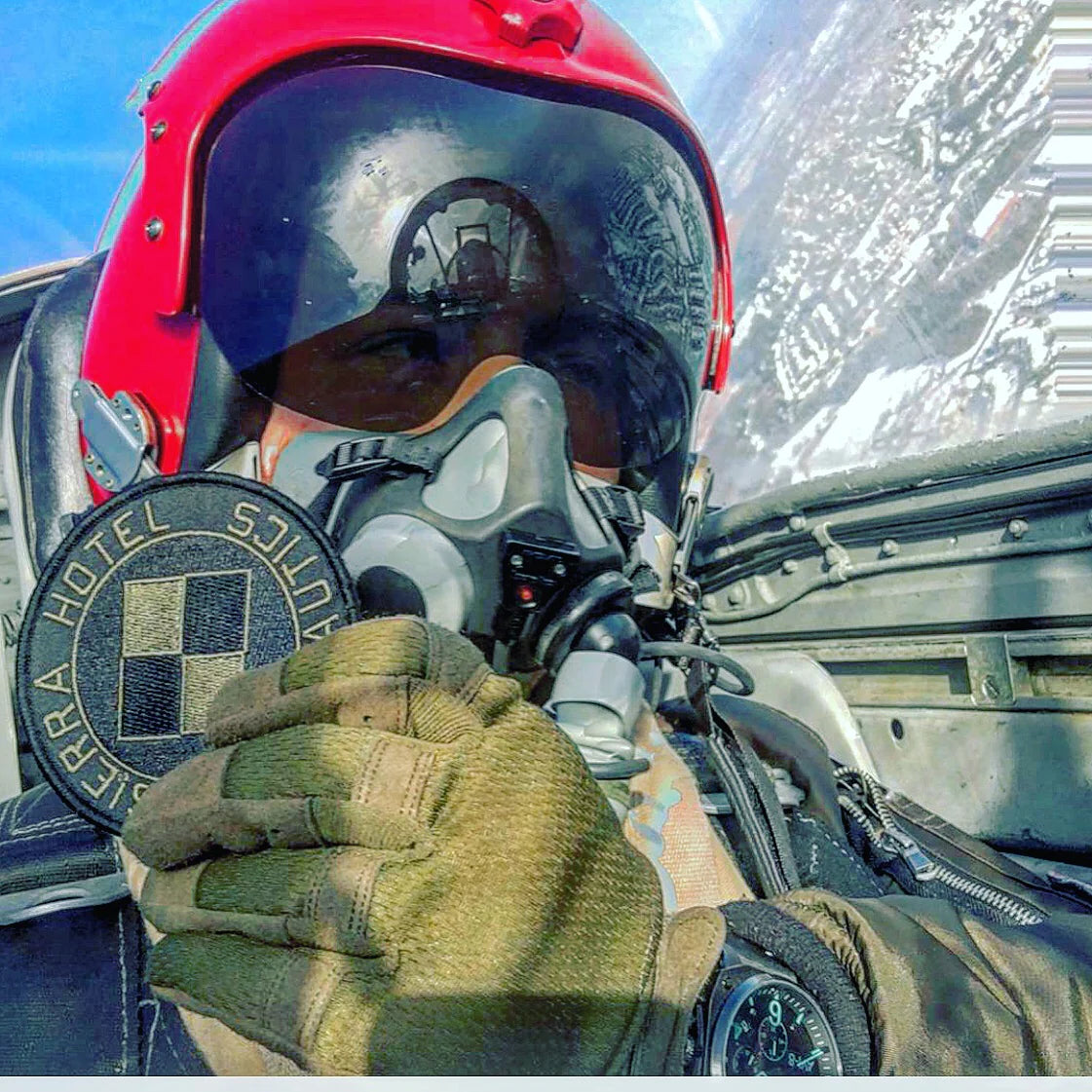Lucky Lindy's Crossing

Early morning on this date in aviation history; Friday, May 20th, 1927, Charles Augustus Lindbergh , also known as Lucky Lindy, The Lone Eagle, and Slim, pushed the throttles forward on his Ryan NC-211 monoplane known as the "Spirit of St Louis". The monoplane commenced its painfully slow takeoff burdened with its heavy load of 450 U.S. gallons of fuel, and clumsily rolled down a muddy, rain-soaked runway. Thankfully the Spirit's J-5C radial engine still proved powerful enough to allow the Spirit of St Louis to become airborne at 7:52 am and cleared the telephone lines at the far end of the field by a mere twenty feet.
Over the next 33.5 hours, he and the Spirit of St Louis—which Lindbergh always jointly referred to as "WE"—faced many challenges in crossing the Atlantic; skimming over storm clouds at 10,000 ft and wave tops as low at 10 ft, fighting rime and clear icing, at times zero visibility through stratus and only when weather allowed, by using celestial navigation, and dead reckoning to keep on course.
“On a long flight, after periods of crisis and many hours of fatigue, mind and body may become disunited until at times they seem completely different elements, as though the body were only a home with which the mind has been associated but by no means bound. Consciousness grows independent of the ordinary senses. You see without assistance from the eyes, over distances beyond the visual horizon. There are moments when existence appears independent even of the mind. The importance of physical desire and immediate surroundings is submerged in the apprehension of universal values.
For unmeasurable periods, I seem divorced from my body, as though I were an awareness spreading out through space, over the earth and into the heavens, unhampered by time or substance, free from the gravitation that binds to heavy human problems of the world. My body requires no attention. It's not hungry. It's neither warm or cold. It's resigned to being left undisturbed. Why have I troubled to bring it here? I might better have left it back at Long Island or St. Louis, while the weightless element that has lived within it flashes through the skies and views the planet. This essential consciousness needs nobody for its travels. It needs no plane, no engine, no instruments, only the release from flesh which circumstances I've gone through make possible.
Then what am I – the body substance which I can see with my eyes and feel with my hands? Or am I this realization, this greater understanding which dwells within it, yet expands through the universe outside; a part of all existence, powerless but without need for power; immersed in solitude, yet in contact with all creation? There are moments when the two appear inseparable, and others when they could be cut apart by the merest flash of light.
While my hand is on the stick, my feet on the rudder, and my eyes on the compass, this consciousness, like a winged messenger, goes out to visit the waves below, testing the warmth of water, the speed of wind, the thickness of intervening clouds. It goes north to the glacial coasts of Greenland, over the horizon to the edge of dawn, ahead to Ireland, England, and the continent of Europe, away through space to the moon and stars, always returning, unwillingly, to the mortal duty of seeing that the limbs and muscles have attended their routine while it was gone.”
Le Bourget airfield in France was not marked on his map and Lindbergh knew only that it was some seven miles northeast of the city. He initially mistook the airfield for some large industrial complex with bright lights spreading out in all directions. The lights were, in fact, the headlights of tens of thousands of cars all driven by eager spectators now caught in "the largest traffic jam in Parisian history."
A crowd estimated at 150,000 were there to greet the American aviator. As soon as he had landed, they dragged Lindbergh out of the cockpit, and literally carried him around above their heads in celebration of Lucky Lindy's amazing feat, that forever made the world a smaller place. Now there was nothing out of reach in the world of aviation.

On December 20, 1968, Charles Lindbergh and Anne Lindbergh were invited to meet with the Apollo 8 astronauts–Frank Borman, Jim Lovell, and William Anders–, in their pre-launch quarters at the Kennedy Space Center. The next day, the Lindberghs stood on a nearby sand dune, and watched as the mighty Saturn rocket departed our planet's atmosphere on mankind's first journey to our moon.

“Whether outwardly or inwardly, whether in space or time, the farther we penetrate the unknown, the vaster and more marvellous it becomes.” - Charles Lindbergh












Leave a comment